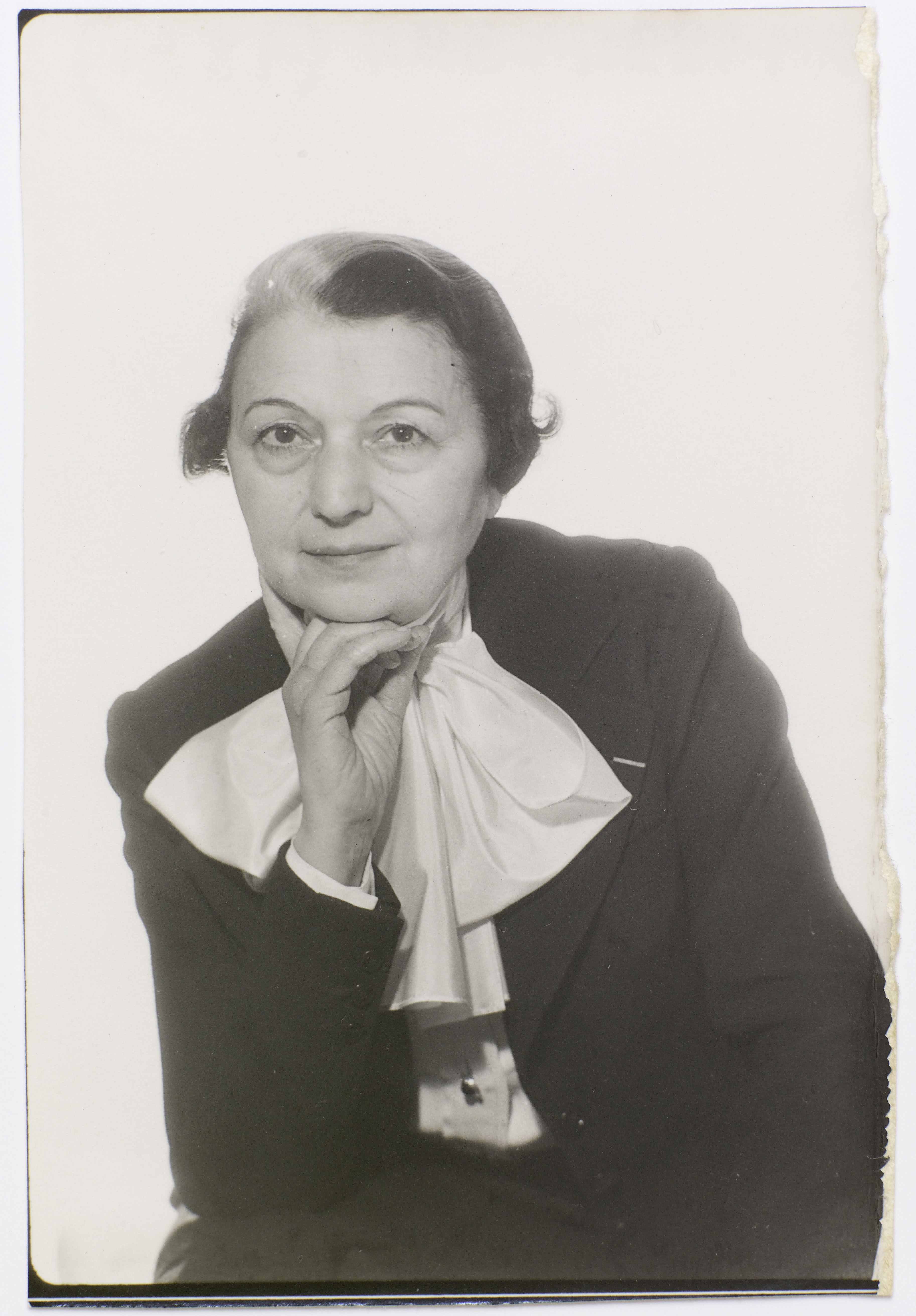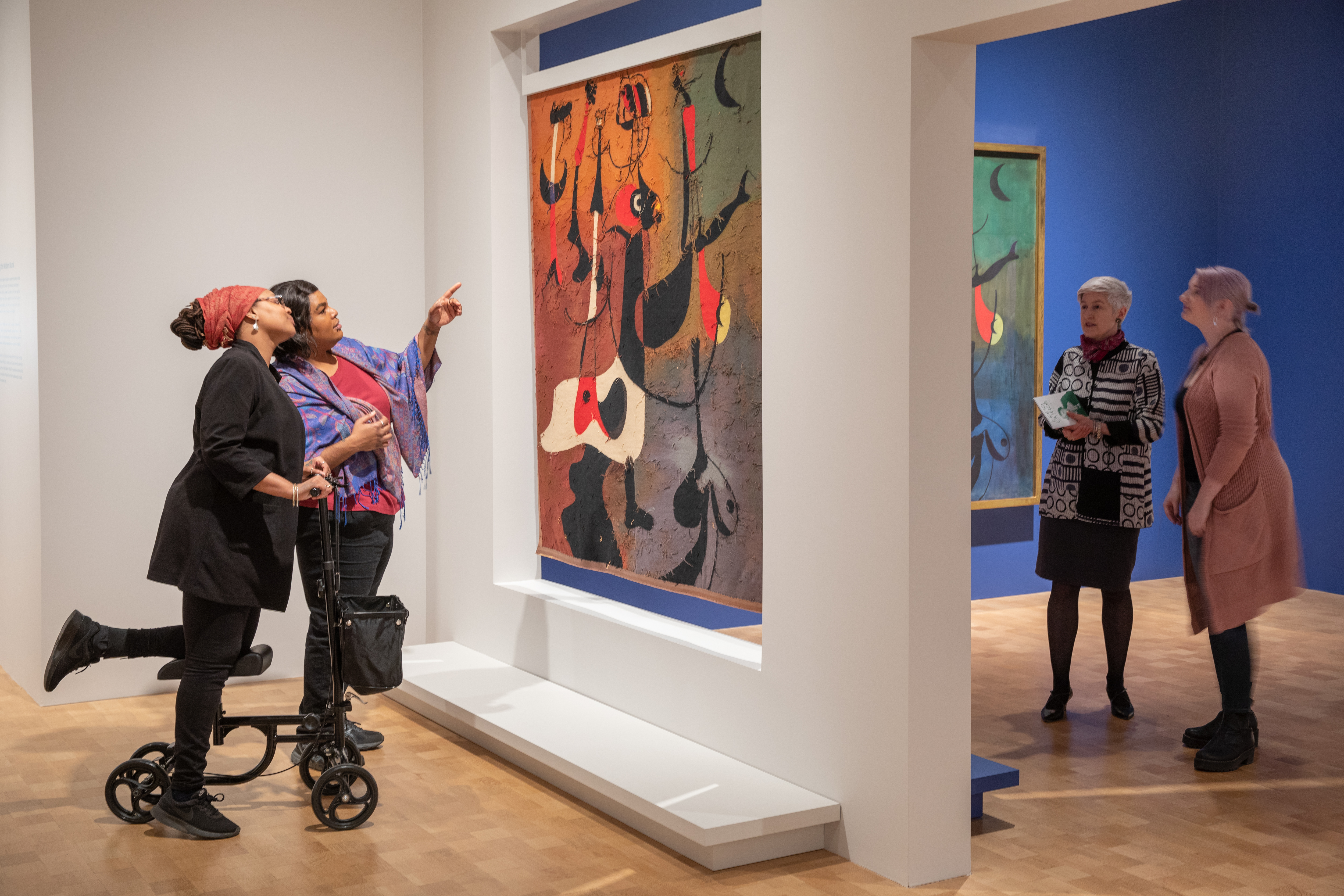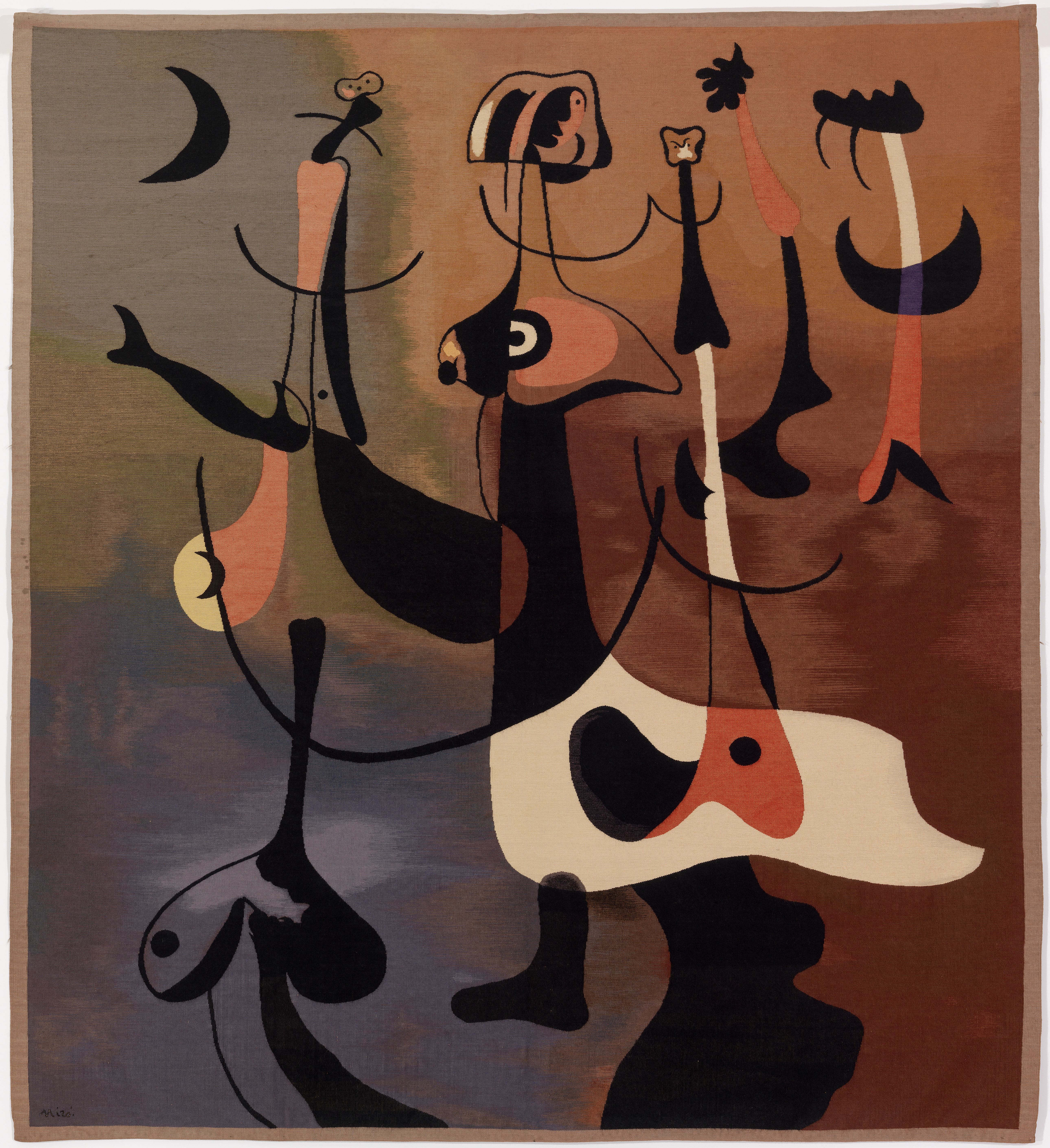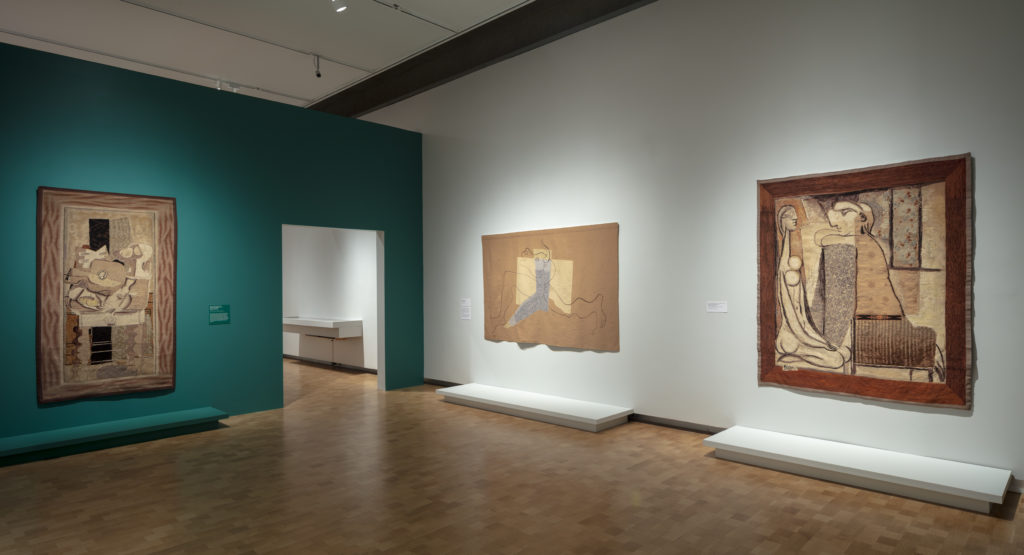Sociologists-in-training, or, perhaps, linguists seeking a toehold in their field, might want to consider how contemporary culture—its mores and fashions, aspirations and limitations—is reflected in the museum catalogue essay. This is, admittedly, a rather specialized niche, but transmutations of language filter their way through just about everything. Take the catalogue that accompanies “Marie Cuttoli: The Modern Thread from Miró to Man Ray.” It is, on the whole, a work of scholarly interest, and would be a welcome addition to the library of anyone taken with the byways of twentieth-century art. Those of us attuned to the prevarications of our “woke” moment will, nonetheless, raise an eyebrow at certain literary usages: “art historical discomforts”; “bourgeois and corporate taste”; “social justice initiative”; “intermediality”; as well as the employment of weather-beaten standbys such as “discourse” and “practice.” How such theoretical argot will register in the year 2050 can’t be known. For readers in the here and now, this terminology registers plenty and, depending on one’s purview, can be counted as either normative or irksome.
The catalogue allows for nitpicking because the exhibition it accompanies is—well, it’s pretty good. Cindy Kang, an Associate Curator at the Barnes, has organized a show that relies on a cadre of inescapable figures—among them Pablo Picasso, Georges Braque, Fernand Leger, Joan Miró, and Man Ray—and explores their relationship with Marie Cuttoli (1879–1973). “Marie who?,” you might ask, and that’s the point. “The Modern Thread from Miró to Man Ray” sets out to illuminate and, in doing so, right the record that has consigned Cuttoli to a subsidiary role in the standard narratives surrounding modern art. The exhibition is, in that regard, similar to Kang’s previous effort at the Barnes, “Berthe Morisot: Woman Impressionist.” The current show (on view through August 23) is nowhere near as substantial, largely because its subject is not a great artist or, for that matter, an artist at all. Cuttoli was a businesswoman: an entrepreneur possessed of a sharp eye, savvy marketing skills, and great connections. The redoubtable Albert Barnes vouched for her “foresight, courage, and knowledge.” Lord & Taylor—yes, the department store—extolled her feminist bona fides, proving itself P.C.–prescient in 1927.

Marie Mathilde Petronille Bordes hailed from Tulle, a French municipality that gave its name to the fabric for which it served as an industrial center. Marie’s childhood is something of a mystery; the biographical record is scant. She was one of three daughters born to a barkeep and a housewife. Her formal education appears to have been limited. We do know that the parents divorced in 1895, a few years after famille Bordes moved to Paris. At the age of twenty-seven, Marie married Jean-Baptiste Plantie, former prefect of the Constantine province in Algeria. The marriage, not altogether desired in the first place, was short-lived. Marie filed for divorce after six years, hiring as her attorney Paul Raymond Joseph Maxime Cuttoli—whom she would eventually marry. Like Plantie, Cuttoli had significant ties to Algeria, holding office in the colonial outpost for close to three decades. He built a villa for his wife on the Mediterranean, dubbing it “Dar Mariam”—Arabic for “House of Marie.” Financial ballast provided by the marriage allowed Madame Cuttoli the wherewithal to pursue an interest in fashion. Her Parisian boutique, Myrbor, opened down the road from those operated by luminaries like Coco Chanel and Edward Henry Molyneux.

Cuttoli’s interest and involvement in art can be traced to a variety of factors, not least the heady milieu in which she was ensconced. Was it possible to throw a rock in Paris during that era without hitting an artist who didn’t prove, in one way or another, indispensable or innovative? Cuttoli was wise to shifts in culture, and she intuited how artistic ripples could be transformed into cut-above commodities. She began collecting art in tandem with Henri Laugier, a professor of physiology with whom she conducted a lifelong affair. (A significant portion of their holdings formed the basis of the Centre Georges Pompidou.) Dazzled by the radical pictorialism of artists like Natalia Goncharova, whom she had hired to design dresses, Cuttoli expanded her business to include tapestries and carpets. Star names designed the pieces; anonymous Algerian craftsmen wove them. Make that craftswomen. In a Lord & Taylor press release, Cuttoli was lauded as “a staunch advocate [for] . . . the cause of equality and liberty for the Arab woman.” Was she a globalist-before-the-fact? A happy enabler of capitalist exploitation? The catalogue essayists expend some muscle in massaging the epithet “colonialist” when discussing Cuttoli’s business practices. You can all but hear the gritting of curatorial teeth.

“The Modern Thread from Miró to Man Ray” opens with a trio of resplendent evening jackets, two of which are attributed to Goncharova. The majority of the exhibition is devoted to the pairing of tapestries produced by Galerie Myrbor, Cuttoli’s rebranded fashion outlet, with works on which they were based. As such, the show functions as an apples-and-oranges experience. Viewers can’t help but take into account the differences between oil-on-canvas efforts by Georges Rouault, André Derain, and Le Corbusier with the resulting transcriptions done in thread. Fans of painting will rue the loss of chromatic density and material spontaneity in the tapestries, but should pay keen attention to just how deftly the Cuttoli workshop created analogues for the painterly bravura of Picasso’s Confidences (1934) or the textural grit of Braque’s Still Life with Pipe (1935–36). Toward the end of the show, Kang has installed Rhythmic Figures (1934), a weaving designed by Miró, so that we see both recto and verso. What, one wonders, did the Spaniard think of the splay of threads—a painterly flourish if there ever was one—on the tapestry’s backside? The opportunity to make such a comparison is among the rewards provided by this modestly stated, informative exhibition.

